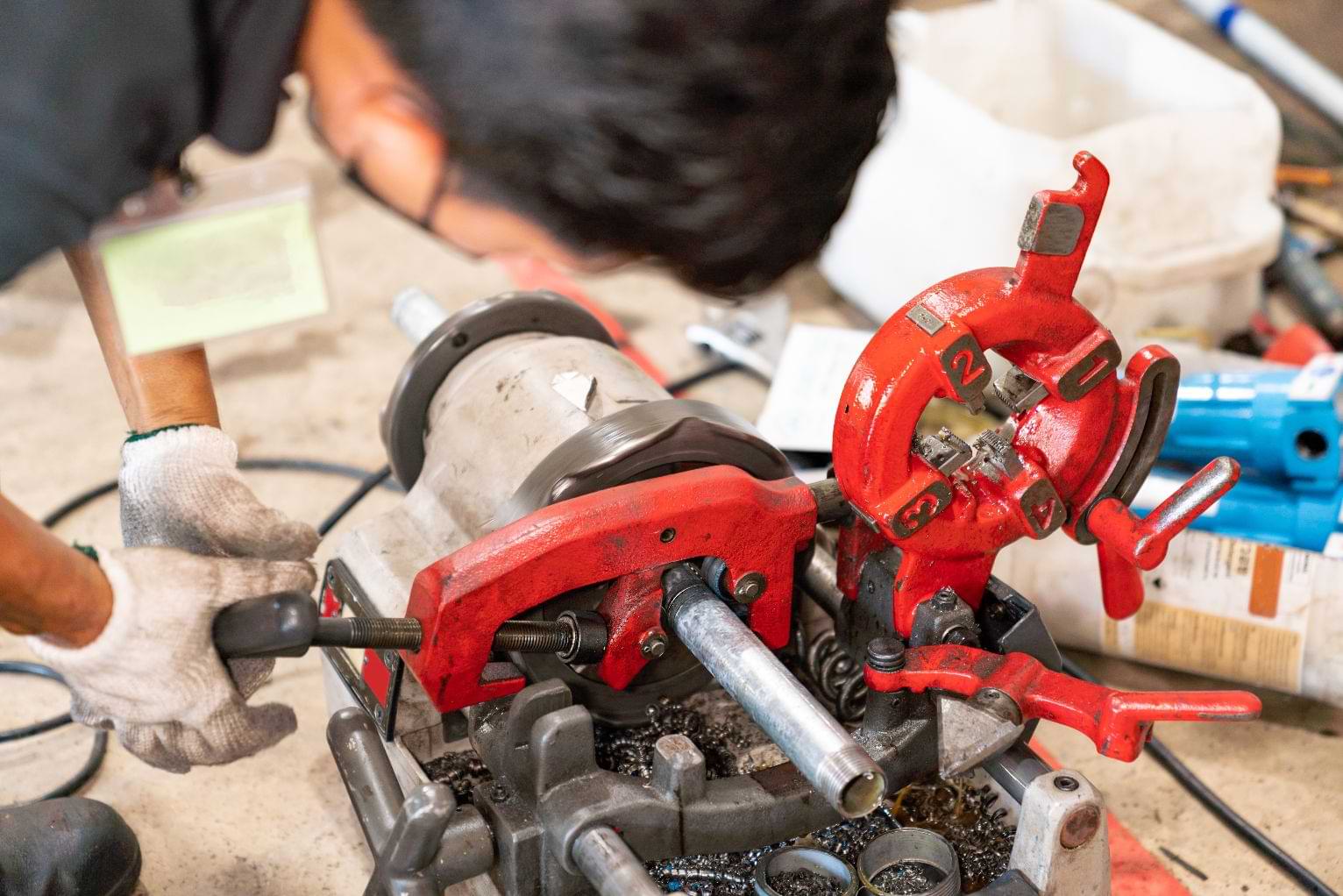

Articles
How To Use Plumbing Machine
Modified: August 16, 2024
Learn how to properly use a plumbing machine with our informative articles. Discover expert tips and tricks for efficient plumbing maintenance.
(Many of the links in this article redirect to a specific reviewed product. Your purchase of these products through affiliate links helps to generate commission for Storables.com, at no extra cost. Learn more)
Introduction
Plumbing issues can be a headache for homeowners, especially when it comes to clogged drains. A common solution to tackle these stubborn blockages is by using a plumbing machine. These powerful devices are designed to effectively clear drain obstructions and restore proper functionality to your plumbing system.
In this article, we will delve into the world of plumbing machines and provide you with a comprehensive guide on how to use them. Whether you are a DIY enthusiast or a professional plumber, this article will equip you with the knowledge and skills to confidently handle drain blockages.
We will start by understanding the different types of plumbing machines and the components that make up these devices. Additionally, we will explore the safety precautions that must be followed to ensure a safe and successful operation.
Next, we will outline the step-by-step process for using a plumbing machine. From preparing the machine to clearing the blockage, we will walk you through each stage to ensure a smooth and efficient operation.
Furthermore, we will provide you with some valuable tips and tricks for using a plumbing machine effectively. You will learn how to choose the right machine for the job, maintain and clean the equipment, and handle difficult blockages.
By the end of this article, you will have a solid understanding of how to use a plumbing machine and the techniques needed to tackle drain blockages. Let’s dive in and discover the world of plumbing machines!
Key Takeaways:
- Choose the right plumbing machine based on the type and severity of the blockage to effectively clear drains and restore proper functionality to your plumbing system.
- Prioritize safety, proper maintenance, and seek professional assistance when needed to ensure successful and safe operation of plumbing machines for clearing drain blockages.
Read more: How To Plumb In An Espresso Machine
Understanding Plumbing Machines
Before diving into the process of using a plumbing machine, it’s important to familiarize ourselves with the different types of machines available and the components that make up these devices.
There are various types of plumbing machines, each designed to address specific types of drain blockages. Here are a few common ones:
- Handheld Drain Snakes: These are manual tools that consist of a long, flexible cable with a handle on one end. They are suitable for small obstructions close to the surface.
- Electric Drain Snakes: These machines are powered by electricity and feature a motor that rotates a cable to clear blockages. They are commonly used for medium-sized drain clogs.
- Gas-Powered Drain Snakes: Similar to electric drain snakes, these machines use a gas-powered motor to provide extra power for tackling tough and stubborn blockages.
- Hydro Jetters: Hydro jetters use high-pressure water streams to clear out drain blockages. They are highly effective for clearing heavy debris and build-up in larger pipes.
Regardless of the type of plumbing machine, they all share a few common components:
- Cable: This is the long, flexible metal or plastic rod that is inserted into the drain. It has various attachments and can vary in length to accommodate different types of blockages.
- Cutter Heads: These are the cutting attachments that are attached to the end of the cable. They come in different shapes and sizes to address different types of blockages, such as clogs caused by grease, tree roots, or debris.
- Motor: Electric and gas-powered plumbing machines have motors that power the rotation of the cable. This motor provides the necessary torque to tackle stubborn blockages.
- Handles and Controls: Plumbing machines have handles or controls that allow the user to operate and control the movement of the cable. They provide precision and control during the operation.
Before using a plumbing machine, it is essential to familiarize yourself with the specific features and controls of the machine you are using. Reading the manufacturer’s instructions and guidelines is crucial to ensure safe and effective operation.
Now that we have a deeper understanding of plumbing machines and their components, let’s move on to the next section, where we will explore the safety precautions that need to be followed when working with these machines.
Key Takeaways:
- Choose the right plumbing machine based on the type and severity of the blockage to effectively clear drains and restore proper functionality to your plumbing system.
- Prioritize safety, proper maintenance, and seek professional assistance when needed to ensure successful and safe operation of plumbing machines for clearing drain blockages.
Read more: How To Plumb In An Espresso Machine
Understanding Plumbing Machines
– Types of Plumbing Machines
Plumbing machines come in various types to handle different types of drain blockages. Understanding these different types will help you choose the right machine for the job. Here are some common types of plumbing machines:
1. Handheld Drain Snakes: These are manual tools that are perfect for small, surface-level blockages. They consist of a long, flexible cable with a handle on one end. The user manually rotates the cable to break up and remove the clog.
2. Electric Drain Snakes: Electric drain snakes are powered by electricity and have a motor that rotates the cable. These machines are suitable for medium-sized clogs and are commonly used by professionals. They provide more power and efficiency compared to handheld drain snakes.
3. Gas-Powered Drain Snakes: Gas-powered drain snakes are similar to electric drain snakes but have the advantage of being more powerful. These machines are typically used for tougher and more stubborn clogs that require extra force to clear. They are commonly used in commercial or industrial settings.
4. Hydro Jetters: Hydro jetters use high-pressure streams of water to clear drain blockages. These machines are highly effective for clearing heavy debris and build-up in larger pipes. Hydro jetters are often used by professional plumbers to tackle more severe clogs and tree root infiltrations.
5. Mini Jetters: Mini jetters are compact and portable versions of hydro jetters. They are ideal for residential use and can clear smaller blockages in pipes. These machines are easy to maneuver and provide enough pressure to effectively remove common clogs.
It is important to choose the right type of plumbing machine depending on the nature and severity of the blockage. If you are unsure which type to use, it’s always best to consult a professional plumber for guidance.
Remember, each type of machine has its own unique features and operating instructions. Familiarize yourself with the specific guidelines provided by the manufacturer to ensure proper and safe usage.
Now that we have covered the different types of plumbing machines, let’s move on to the next section where we will explore the components that make up these machines.
Key Takeaways:
- Choose the right plumbing machine based on the type and severity of the blockage to effectively clear drains and restore proper functionality to your plumbing system.
- Prioritize safety, proper maintenance, and seek professional assistance when needed to ensure successful and safe operation of plumbing machines for clearing drain blockages.
Read more: How To Plumb In An Espresso Machine
Understanding Plumbing Machines
Read more: How To Plumb A Washing Machine
– Components of a Plumbing Machine
Plumbing machines are designed to effectively clear drain blockages, and they consist of various components that work together to achieve this purpose. By understanding these components, you can gain a better understanding of how the machine operates and how to use it effectively. Here are the main components of a plumbing machine:
1. Cable: The cable is an essential part of the plumbing machine, as it is used to reach the blockage inside the drain. It is a long, flexible rod typically made of metal or durable plastic. The length of the cable can vary depending on the specific machine, allowing it to accommodate different depths and lengths of drains.
2. Cutter Heads: Cutter heads are attachments that are connected to the end of the cable. They come in various shapes and sizes, each designed for different types of blockages. For example, there are cutter heads specifically designed for cutting through tree roots, removing grease deposits, or breaking up solid debris. The cutter heads play a crucial role in breaking apart the blockage and clearing the drain.
3. Motor: Electric and gas-powered plumbing machines are equipped with a motor that rotates the cable. The motor provides the necessary power and torque to effectively break through the blockage. The strength of the motor can vary depending on the machine’s intended use. Gas-powered machines typically have more power to handle tougher and more stubborn blockages.
4. Handles and Controls: Plumbing machines have handles or controls that allow the user to operate and control the movement of the cable. These handles provide a comfortable grip and allow for precise control during the operation. Some machines may have foot pedals or buttons to control the rotation of the cable.
5. Extension Cords or Hoses: Electric plumbing machines require an extension cord to provide power. Gas-powered machines may require a hose to supply fuel. These cords or hoses connect the machine to the power source or fuel supply, enabling the machine to function properly.
6. Guide Tube: Some plumbing machines, particularly larger ones, may have a guide tube. The guide tube serves as a support structure that helps guide the cable into the drain, ensuring smooth and accurate insertion.
It is important to familiarize yourself with these components before using a plumbing machine. Read the manufacturer’s instructions carefully to understand how these components work together and how to operate them safely.
Now that we have covered the components of a plumbing machine, let’s move on to the next section where we will discuss the safety precautions that must be followed when using these machines.
Key Takeaways:
- Choose the right plumbing machine based on the type and severity of the blockage to effectively clear drains and restore proper functionality to your plumbing system.
- Prioritize safety, proper maintenance, and seek professional assistance when needed to ensure successful and safe operation of plumbing machines for clearing drain blockages.
Read more: How To Plumb In An Espresso Machine
Understanding Plumbing Machines
– Safety Precautions
When using a plumbing machine, it is essential to prioritize safety to prevent accidents and injuries. Here are some important safety precautions to keep in mind:
1. Protective Gear: Always wear appropriate protective gear before operating a plumbing machine. This includes safety goggles, gloves, and rubber boots. Protective gear will protect you from potential splashes, debris, and any harmful substances that may be present in the drain.
2. Read the Instructions: Before using a plumbing machine, carefully read the manufacturer’s instructions and guidelines. Familiarize yourself with the specific features and safety instructions of the machine you are using. Follow the recommended operating procedures to ensure safe and effective usage.
3. Inspect the Machine: Before each use, inspect the plumbing machine to ensure that it is in good working condition. Check for any damaged or worn-out parts, loose connections, or signs of wear and tear. If you notice any issues, do not operate the machine and have it repaired or replaced by a professional.
4. Secure the Area: Before starting the operation, ensure that the work area is clear of any obstacles or tripping hazards. Secure loose rugs or cables and remove any objects that might interfere with the operation of the machine. This will minimize the risk of accidents during the process.
5. Use Proper Technique: Follow the correct techniques for operating the plumbing machine. Avoid using excessive force or applying unnecessary pressure, as this can cause damage to the machine or further damage to the drain. Use steady and controlled movements to navigate the cable through the drain.
6. Never Stand Directly Over the Drain: When operating the plumbing machine, avoid standing directly over the drain opening. Position yourself to the side of the drain to prevent any potential debris or water from splashing onto you.
7. Turn Off the Power: Before inserting or removing the cable from the drain, make sure to turn off the power to the machine. This prevents any accidental activation of the motor and reduces the risk of injury.
8. Keep Others Away: Restrict access to the work area and ensure that there are no bystanders nearby. Alert other individuals in the vicinity that you are operating a plumbing machine to avoid any accidents or distractions during the process.
Following these safety precautions will help ensure a safe and successful operation when using a plumbing machine. Remember, if you are unsure or uncomfortable with using the machine, it is always advisable to seek assistance from a professional plumber.
Now that we have covered the safety precautions, let’s move on to the next section where we will explore the step-by-step process for using a plumbing machine.
Steps for Using a Plumbing Machine
Using a plumbing machine requires a systematic and careful approach to effectively clear drain blockages. By following these step-by-step instructions, you can successfully operate the machine and restore proper drainage. Here are the steps for using a plumbing machine:
1. Step 1: Preparing the Machine
- Read the manufacturer’s instructions carefully to familiarize yourself with the specific features and controls of the machine.
- Inspect the machine for any damage or worn-out parts. Ensure that all connections are secure.
- If the machine requires power, plug it into a grounded outlet or connect it to the appropriate power source. If it is a gas-powered machine, ensure that it is fueled and ready to use.
- Attach the appropriate cutter head to the end of the cable, based on the type of blockage you are dealing with.
2. Step 2: Identifying the Drain Issue
- Before inserting the plumbing machine into the drain, assess the nature of the blockage.
- Determine the location and severity of the clog, and identify any potential obstacles or complications.
- Consider using a flashlight or camera inspection tool to get a clear view of the drain and identify any underlying issues.
3. Step 3: Inserting the Machine into the Drain
- Slowly insert the cable of the plumbing machine into the drain opening.
- Guide the cable gently, ensuring that it moves smoothly and enters the drain without resistance.
- Avoid forcing the cable if you encounter any resistance, as this might indicate a more significant obstruction or potential damage to the plumbing system.
4. Step 4: Operating the Machine
- Position yourself to the side of the drain, away from the opening, to avoid any splashes or debris.
- Follow the instructions provided by the machine’s manufacturer on how to operate the controls.
- Start the machine and engage the motor to rotate the cable. Begin with a slow rotation and gradually increase the speed if necessary.
- Gently feed the cable further into the drain while maintaining control and monitoring the progress.
5. Step 5: Clearing the Blockage
- As the cable rotates, the cutter head will break up the blockage and clear the drain.
- (Note: The time it takes to clear the blockage can vary depending on the severity and nature of the clog.)
- Continue operating the machine until you feel a significant reduction in resistance, indicating that the blockage is clear.
6. Step 6: Removing the Machine from the Drain
- Once the blockage is cleared, turn off the machine and disconnect it from the power source.
- Slowly withdraw the cable from the drain, ensuring that it doesn’t get tangled or cause any damage to the pipe.
- Inspect the cable and cutter head for any debris or damage. Clean and store them properly after use.
Following these steps will help you effectively use a plumbing machine to clear drain blockages. However, if you encounter difficulties or if the blockage persists, it is advisable to seek professional assistance to avoid causing further damage to your plumbing system.
Steps for Using a Plumbing Machine
– Step 1: Preparing the Machine
Before using a plumbing machine to clear a drain blockage, it is crucial to properly prepare the machine to ensure safe and effective operation. Follow these steps to prepare the machine:
1. Read the manufacturer’s instructions: Begin by carefully reading the manufacturer’s instructions and guidelines that come with the plumbing machine. Familiarize yourself with the specific features, controls, and safety precautions of the machine you are using. This will ensure that you use the machine correctly and maintain your safety throughout the process.
2. Inspect the machine: Before each use, thoroughly inspect the machine to ensure that it is in good working condition. Check for any visible damage, such as cracks, frayed cables, or loose connections. If you notice any issues, do not proceed with using the machine and have it repaired or replaced by a qualified professional.
3. Attach the appropriate cutter head: Select the appropriate cutter head attachment for the specific type of blockage you are dealing with. Plumbing machines typically come with various cutter heads for different types of obstructions. For example, there may be cutter heads designed to tackle grease, tree roots, or solid debris. Refer to the instructions or consult a professional plumber to determine the most suitable cutter head for your specific situation.
4. Power source connection: Depending on the type of plumbing machine, it may require either an electrical power source or a fuel supply. If the machine is electric-powered, ensure that you have a grounded outlet available and connect the machine cord accordingly. For gas-powered machines, ensure that you have the appropriate type and amount of fuel available.
5. Handle and control familiarization: Familiarize yourself with the handles and controls of the plumbing machine. Understand how to operate the controls safely and effectively. Some machines may have foot pedals, buttons, or switches that control the rotation and movement of the cable. Practice using these controls to get comfortable before proceeding with the actual operation.
6. Safety gear: Put on the necessary safety gear before operating the machine. This usually includes safety goggles to protect your eyes from debris or splashes, gloves to protect your hands, and rubber boots to prevent any electrical hazards. Wearing the appropriate safety gear is essential to protect yourself from potential injuries during the operation.
Taking the time to properly prepare and familiarize yourself with the machine before use will ensure a smoother and safer operation. By following these steps, you can proceed with confidence to the next stage of using a plumbing machine – identifying the drain issue.
Steps for Using a Plumbing Machine
– Step 2: Identifying the Drain Issue
Before using a plumbing machine to clear a drain blockage, it is important to identify and understand the nature of the issue. By properly assessing the drain problem, you can determine the appropriate approach and increase the chances of a successful operation. Follow these steps to identify the drain issue:
1. Visual inspection: Begin by visually inspecting the drain and surrounding area. Look for any signs of visible blockage or backups, such as water pooling or slow drainage. Take note of any unusual odors or sounds that may indicate a problem.
2. Ask questions: Gather information from the occupants of the property or anyone who has experienced the drain issue. Ask about the symptoms they have observed, such as when the blockage started, the severity of the problem, or any recent events that may have contributed to the issue.
3. Perform a basic test: Run water in the affected drain and observe how it drains. If the water drains slowly or doesn’t drain at all, this indicates a blockage. Additionally, if water backs up in other drains or fixtures when using a specific drain, it might indicate a larger plumbing issue.
4. Use a flashlight or camera inspection: If the blockage is not immediately apparent, use a flashlight or a camera inspection tool to get a closer look inside the drain. This can help identify any debris, grease buildup, or other obstacles that might be causing the blockage.
5. Consider the location: Depending on the location of the drain blockage, you can gain insights into possible causes. For example, a bathroom drain may be clogged with hair and soap scum, while a kitchen drain may be blocked by grease and food particles. Considering the location can help determine the most effective approach for clearing the blockage.
6. Assess potential complications: Take note of any potential complications or obstacles, such as the presence of tree roots in the sewer lines or the condition of old pipes. These factors may require additional steps or the expertise of a professional plumber.
By thoroughly evaluating the drain issue, you can determine the severity and nature of the blockage, and adopt the appropriate strategies for clearing it. Identifying the drain issue sets the foundation for the next step of using a plumbing machine – inserting it into the drain.
Steps for Using a Plumbing Machine
– Step 3: Inserting the Machine into the Drain
After identifying the drain issue, the next step in using a plumbing machine is to properly insert it into the drain. This step is crucial as it sets the stage for effective blockage clearance. Follow these steps to insert the machine into the drain correctly:
1. Prepare the work area: Clear any potential obstacles or debris around the drain area. Create a safe and clutter-free workspace to enable smooth operation. This includes removing any items or furniture that may hinder access to the drain.
2. Secure the machine: Ensure that the plumbing machine is securely positioned near the drain opening. If necessary, use stabilizing devices or clamps to hold the machine in place. This will prevent it from moving or tipping while you insert the cable.
3. Position the machine: Stand or crouch next to the drain opening, aligning yourself with a clear line of sight to the drain. Hold the machine’s control handle firmly with both hands, maintaining a steady grip.
4. Slowly begin insertion: Start slowly inserting the cable into the drain opening, gently feeding it in. As you do this, watch for any resistance or obstacles. It’s essential to move the cable carefully and avoid forcing it if you encounter resistance. If you encounter a tough obstruction, you may need to adjust the technique or change the cutter head attachment.
5. Guide the cable smoothly: As you insert the cable, guide it smoothly into the drain. Keep a steady and controlled movement, avoiding any sudden or jerky motions. This will help ensure that the cable aligns properly with the drainpipe, minimizing the risk of it getting stuck or causing damage.
6. Continue inserting until desired depth: Keep inserting the cable until you reach the desired depth or until you encounter the blockage. The aim is to position the cutter head at or just beyond the blockage to effectively clear it. Refer to the manufacturer’s guidelines or professional advice to determine the appropriate insertion depth for your specific situation.
7. Monitor the cable: While inserting the cable, be observant and vigilant. Pay attention to any changes in resistance or movement as they may indicate the proximity of the blockage or potential complications. Adjust the speed and direction of the cable as necessary to ensure a controlled insertion.
By following these steps, you can safely and effectively insert the plumbing machine into the drain. Proper insertion sets the stage for the next step – operating the machine to clear the blockage. Ensure that you maintain focus and concentration throughout the process to ensure a successful operation.
Steps for Using a Plumbing Machine
– Step 4: Operating the Machine
Once the plumbing machine is properly inserted into the drain, it’s time to move on to the next step – operating the machine. Operating the machine effectively is crucial for successfully clearing the drain blockage. Follow these steps to operate the machine correctly:
1. Positioning: Stand or position yourself to the side of the drain opening, away from the cable’s path. This will minimize the risk of any debris or splashing water coming into contact with you.
2. Familiarize with the controls: Get acquainted with the machine’s controls, including buttons, switches, or foot pedals. Understand how they work and how to operate them safely. Refer to the manufacturer’s instructions for the specific operation details of your machine.
3. Start the rotation: Start the machine’s motor to initiate the rotation of the cable. Begin with a slow speed setting, gradually increasing it as needed. The rotation is what powers the cutter head to break up and clear the blockage.
4. Gently feed the cable: Simultaneously with the rotation, gently feed the cable further into the drain. Continue guiding the cable smoothly and steadily, aiming for steady progress without forcing or jerking the cable.
5. Monitor the progress: As the cable moves deeper into the drain, pay close attention to any changes in resistance or movement. These may indicate the presence of the blockage or other obstacles. Adjust the speed and direction of the cable accordingly to navigate through the blockage.
6. Be patient and avoid excessive force: Remain patient during the operation and avoid exerting excessive force on the cable. Applying too much pressure can cause damage to the cable or the drainpipe. Allow the cutter head to do the work, breaking up the blockage gradually.
7. Continue the operation: Maintain a controlled operation, steadily feeding the cable while closely monitoring the progress. Move the cable back and forth, side to side, or in a circular motion to cover a larger area and ensure comprehensive blockage clearance.
8. Clear signs of blockage clearance: As you continue operating the machine, you might notice a significant reduction in resistance or changes in water flow. These are positive signs that the blockage is being cleared. Adjust the operation as needed, focusing on the areas where resistance is still present.
9. Take breaks as needed: If the operation is becoming challenging or the machine is experiencing strain, take periodic breaks to prevent overheating or excessive wear. This will ensure both the longevity of the machine and your own physical wellbeing.
10. Regularly inspect the cable: During the operation, inspect the cable for any signs of debris buildup or damage. If necessary, stop the machine, disconnect the power source, and clean or replace the cutter head, ensuring it remains effective throughout the operation.
By following these steps, you can effectively operate the plumbing machine to clear the drain blockage. Remember to stay focused, be patient, and make any necessary adjustments based on the specific circumstances of the blockage. Once the blockage is cleared, it’s time to move on to the next step – removing the machine from the drain.
Steps for Using a Plumbing Machine
– Step 5: Clearing the Blockage
After successfully operating the plumbing machine to break up the blockage, the next step is to clear the blockage completely. This step is crucial to ensure the free flow of water and restore proper drainage. Follow these steps to effectively clear the blockage:
1. Monitor resistance: As you continue operating the machine, pay close attention to any changes in resistance or movement. Gradually, you may perceive a reduction in resistance, indicating that the blockage is breaking up and becoming looser.
2. Continue the operation: Keep the machine running and maintain a controlled and steady feeding of the cable. Use a combination of rotating, back and forth, side to side, or circular motions to cover the entire blockage area. This will help dislodge and clear any remaining obstruction.
3. Watch for signs of blockage clearance: Look for visual and auditory cues that indicate the blockage has been cleared. These signs may include a sudden rush of water, an increase in water flow, or a change in the sound of the motor as it encounters less resistance.
4. Adjust the operation if necessary: If the blockage persists or if you encounter a particularly stubborn section, make adjustments to your technique. Try different cutter heads, increase the speed of the machine, or change the direction of the cable’s movement to target the problem area more effectively.
5. Periodically flush with water: As you continue operating the machine, periodically flush the drain with water to help clear away loosened debris. This will help ensure that all remnants of the blockage are washed away and the drain is left clean and clear.
6. Repeat the process if needed: In some instances, particularly severe blockages may require multiple passes with the plumbing machine to completely clear the drain. If you notice that the blockage is persisting or reoccurring, consider repeating the steps to further resolve the issue.
7. Monitor drain flow: Once you are confident that the blockage has been cleared, gradually increase the flow of water to test the drain’s functionality. If the water flows freely without any signs of backup or slow drainage, it indicates a successful clearance.
8. Clean up and maintenance: After clearing the blockage, properly clean and maintain the machine. Disconnect the power source, remove any debris from the cable and cutter head, and store the machine according to the manufacturer’s instructions. Regular maintenance will prolong the machine’s lifespan.
By following these steps, you can effectively clear the blockage using a plumbing machine. It is important to remember that some stubborn or complex blockages may require the assistance of a professional plumber. If the blockage persists or if you are unsure about the situation, it is always wise to seek expert help to avoid causing further damage to the plumbing system.
Steps for Using a Plumbing Machine
– Step 6: Removing the Machine from the Drain
Once the blockage has been successfully cleared using the plumbing machine, the final step is to carefully remove the machine from the drain. This step ensures the safe and efficient extraction of the equipment. Follow these steps to remove the machine from the drain:
1. Turn off the machine: Before removing the machine, turn off the motor to stop the rotation of the cable. Disconnect the power source or shut off the fuel supply if applicable. This is crucial to prevent any accidental activation of the machine while removing it from the drain.
2. Assess the cable: Take a close look at the cable and the cutter head. Inspect them for any signs of debris, damage, or wear. If necessary, wipe off any residue or debris from the cable to ensure it is clean and ready for the next use. Replace the cutter head if it shows significant signs of wear or damage.
3. Controlled extraction: Slowly and steadily withdraw the cable from the drain. Maintain a controlled movement to prevent any sudden jerks or tangles in the cable. Be cautious not to scrape or damage the pipe walls as you extract the cable.
4. Clean the machine: If the cable or cutter head has collected debris during the operation, clean them thoroughly before storing the machine. Use a cloth or brush to remove any residue and ensure they are free from any obstruction. Properly store the machine according to the manufacturer’s instructions.
5. Inspect the drain: After removing the machine, inspect the drain opening for any remaining signs of debris or blockage. Use a flashlight or camera inspection tool to ensure that the drain is clear and free of any obstruction. If you notice any issues or signs of a persistent problem, consider seeking the assistance of a professional plumber.
6. Dispose of waste: Properly dispose of any waste material that may have accumulated during the blockage clearing process. Dispose of debris, water, or any other waste material in accordance with the local regulations and guidelines.
7. Clean up: Tidy up the work area and remove any equipment or tools used during the operation. Properly clean and sanitize any surfaces that may have come into contact with drainage water or debris.
Removing the machine from the drain completes the process of using a plumbing machine to clear a blockage. By following these steps, you can safely and effectively remove the equipment, leaving the drain clear and ready for regular use. It is important to ensure that the machine is stored properly and maintained regularly so it remains in good working condition for future use.
Read more: What Is Flux Used For In Plumbing
Tips and Tricks for Effective Use
Using a plumbing machine effectively requires more than just following the basic steps. Here are some valuable tips and tricks to enhance your experience and ensure successful blockage clearance:
1. Choose the right machine: Select a plumbing machine that is suitable for the type and severity of the drain blockage. Consider factors such as pipe diameter, location of the blockage, and the type of material causing the obstruction. Using the appropriate machine will improve your chances of clearing the blockage effectively.
2. Proper maintenance and cleaning: Regularly clean and maintain your plumbing machine to ensure its optimal performance. Follow the manufacturer’s recommendations for cleaning, lubrication, and storage. This will prolong the lifespan of the equipment and ensure it is ready for use whenever needed.
3. Handle difficult blockages: For stubborn or complex blockages, consider using techniques such as back-and-forth movements, varying rotation speeds, or changing the direction of the cable’s movement. These techniques help dislodge the blockage more effectively.
4. Use lubrication: Apply a small amount of lubricant to the cable before inserting it into the drain. Lubrication reduces friction and allows smoother movement, making it easier to navigate through the pipe and break up the blockage.
5. Combine with other methods: In some cases, using a plumbing machine alone may not be sufficient to clear a blockage completely. If necessary, consider combining it with other methods such as using chemical drain cleaners, performing hydro jetting, or seeking professional assistance.
6. Preventive measures: Take preventive measures to minimize the risk of future blockages. Regularly clean drains, use drain covers to catch debris, and avoid disposing of grease, oil, or large food particles down the drain. This will help maintain the smooth flow of water and reduce the frequency of blockages.
7. Seek professional help if needed: Don’t hesitate to call a professional plumber if you encounter a blockage that you are unable to clear or if you are unsure about the severity of the issue. Professional plumbers have the expertise and specialized equipment to handle even the most challenging drain blockages.
8. Practice safety precautions: Always prioritize safety when using a plumbing machine. Wear appropriate protective gear, follow the manufacturer’s instructions, and exercise caution throughout the entire process. This will help prevent accidents and ensure your well-being.
Remember, using a plumbing machine may not resolve all drainage issues. In some cases, the underlying problem may be more extensive and require the expertise of a professional plumber. Do not hesitate to seek professional assistance if the blockage persists or if you are uncertain about the best course of action.
By following these tips and tricks, you can enhance your effectiveness in using a plumbing machine and maintain a well-functioning and clear drainage system in your home or property.
Read more: What Is Flux Used For In Plumbing
Tips and Tricks for Effective Use
– Choosing the Right Machine for the Job
When it comes to using a plumbing machine, selecting the right tool for the specific job is crucial for achieving successful results. Here are some important factors to consider when choosing the right machine for the job:
1. Identify the type of blockage: Determine the nature of the blockage you are dealing with. Is it a buildup of grease, a root invasion, or a solid debris clog? Understanding the type of blockage will help you determine the best machine to tackle the specific issue.
2. Consider the pipe size and material: Take into account the diameter and material of the drainpipe. Some machines are specifically designed for smaller pipes, while others are suitable for larger pipes. Additionally, certain materials may require specialized equipment, such as cutter heads specifically designed for use with cast iron pipes.
3. Evaluate the severity of the blockage: Assess the severity and extent of the blockage. For minor or surface-level clogs, a handheld drain snake may suffice. However, for more stubborn or extensive blockages, a more powerful machine like an electric or gas-powered drain snake, or even a hydro jetter, may be necessary.
4. Consider accessibility: Determine the accessibility of the blockage and the drain itself. If the blockage is located in a hard-to-reach area or if there are tight bends in the pipe, you may need a machine with a flexible cable and maneuverability options to navigate through the twists and turns.
5. Assess your experience and comfort level: Consider your level of experience and comfort in using plumbing machines. If you are a beginner or have limited experience, it is advisable to start with simpler handheld drain snakes before progressing to more advanced machines. Always prioritize safety and do not attempt to use a machine that you are not confident operating.
6. Seek professional advice if unsure: If you are unsure about which machine to choose for the job, consult a professional plumber. They can assess the specific situation, recommend the most appropriate machine, and provide guidance on its proper usage.
7. Read reviews and do research: Before purchasing or renting a plumbing machine, read reviews and do research on different models and brands. Look for machines with positive customer feedback, reliable performance, and durability. This will help you make an informed decision and select a machine that meets your needs.
By considering these factors, you can make an educated decision when choosing the right machine for the specific drain blockage you are facing. Selecting the appropriate machine will greatly increase your chances of successfully clearing the blockage and restoring proper drainage.
Remember, if you are uncertain or uncomfortable using a plumbing machine, it is always wise to seek the assistance of a professional plumber who has the expertise and specialized equipment to handle a wide range of drain blockages.
Read more: What Is Flux Used For In Plumbing
Tips and Tricks for Effective Use
Read more: How To Use Plumbing Snake In Toilet
– Proper Maintenance and Cleaning
Maintaining and cleaning your plumbing machine is essential for its optimal performance and longevity. By following proper maintenance and cleaning practices, you can ensure that your machine is in good working condition and ready for use whenever needed. Here are some key tips for proper maintenance and cleaning:
1. Read the manufacturer’s instructions: Familiarize yourself with the specific maintenance guidelines provided by the manufacturer. The instructions will outline the recommended maintenance schedule, cleaning techniques, and any specific requirements for your particular machine.
2. Clean the machine after each use: After using the plumbing machine, clean it thoroughly to remove any debris, residues, or blockage materials that may have accumulated. Use a cloth or brush to wipe down the cable, cutter heads, and other machine components. Be sure to follow any specific cleaning recommendations provided by the manufacturer.
3. Inspect the cable and cutter heads: Regularly inspect the cable and cutter heads for any signs of damage or wear. Look for fraying or kinking in the cable and ensure that the cutter heads are in good condition. Replace any worn-out or damaged parts promptly to maintain the effectiveness and safety of the machine.
4. Lubricate moving parts: Apply lubrication to the moving parts of the machine as specified by the manufacturer. Lubricating the cable and other rotating components reduces friction, allows smoother operation, and helps prolong the life of the machine.
5. Store the machine properly: When not in use, store the machine in a clean and dry area. Protect the machine from extreme temperatures, moisture, and dust. Use the provided storage case or cover to prevent any damage or contamination to the equipment.
6. Follow maintenance schedules: Adhere to the recommended maintenance schedule provided by the manufacturer. This may include periodic maintenance tasks such as cable inspection, lubrication, or professional servicing. Following the schedule ensures that the machine is properly maintained and remains in excellent working condition.
7. Regularly flush the drain: Flush the drain with water periodically to help prevent debris buildup and maintain clear, unrestricted flow. Flushing with water can also help dislodge any loosened debris that may have accumulated during the blockage clearing process.
8. Seek professional servicing: If you notice any issues or abnormalities with the machine, such as unusual noises, decreased performance, or mechanical problems, seek professional servicing. Professional plumbers or specialized equipment servicing centers can diagnose and rectify any problems efficiently and safely.
Proper maintenance and cleaning of your plumbing machine not only ensure its longevity but also optimize its performance when clearing drain blockages. By following these practices, you can rely on a well-maintained and efficient machine whenever you encounter drainage issues.
Remember, always prioritize safety when performing maintenance or cleaning tasks. If you are unsure about any maintenance procedures, consult the manufacturer’s instructions or seek guidance from a professional plumber or equipment servicing professional.
Read more: What Is Flux Used For In Plumbing
Tips and Tricks for Effective Use
– Handling Difficult Blockages
Encountering difficult blockages in your plumbing system can be a frustrating experience. However, there are techniques and strategies you can employ to effectively handle these challenging situations. Here are some tips for handling difficult blockages:
1. Assess the severity: Determine the severity of the blockage by considering factors such as the extent of the clog, the type of material causing the blockage, and any potential complications. Understanding the severity will help you determine the most appropriate course of action.
2. Modify your technique: If a standard operation doesn’t yield the desired results, consider modifying your technique. Experiment with different approaches such as varying rotation speeds, using intermittent bursts of power, or altering the motion of the cable. These adjustments can help dislodge stubborn blockages more effectively.
3. Try different cutter heads: Use cutter heads specifically designed for the type of blockage you are dealing with. Different types of blockages require different cutter head configurations. For example, a grease cutter head will be more effective for grease blockages, while a root cutter head is designed to tackle tree roots infiltrating the drain.
4. Apply chemical drain cleaners: For particularly stubborn blockages, consider using chemical drain cleaners as recommended by professionals. These cleaners can help break down and dissolve certain types of blockages, but be cautious and follow the instructions carefully to avoid any chemical hazards or damage to the plumbing system.
5. Utilize hydro jetting: If other methods prove ineffective, consider utilizing hydro jetting. This process involves using high-pressure water to clear blockages and thoroughly clean the interior surfaces of the pipes. Hydro jetting is highly effective for heavy buildup, stubborn blockages, and tree root infiltrations.
6. Seek professional assistance: If all your efforts fail to resolve the difficult blockage, it may be time to consult a professional plumber. Professional plumbers have specialized tools, experience, and knowledge to handle challenging blockages. They can employ advanced techniques and equipment to effectively clear the blockage and ensure proper flow in your plumbing system.
7. Practice preventive measures: Once the difficult blockage is cleared, implement preventive measures to avoid future blockages. Regularly clean drains, use drain covers to catch debris, and avoid disposing of grease, oils, or large food particles down the drain. These preventive measures can help minimize the occurrence of difficult blockages.
Remember to prioritize safety at all times and exercise caution when dealing with difficult blockages. If you are unsure or uncomfortable with any techniques or procedures, it is always advisable to seek the assistance of a professional plumber who can handle the situation safely and efficiently.
Handling difficult blockages may require a combination of techniques or specialized equipment. By employing these tips and seeking professional assistance when needed, you can effectively navigate and overcome even the most challenging blockages in your plumbing system.
Conclusion
Using a plumbing machine to clear drain blockages can be a practical and effective way to restore proper functionality to your plumbing system. By following the steps outlined in this article and implementing the tips and tricks provided, you can handle drain blockages with confidence and expertise.
Throughout the article, we explored the different types of plumbing machines, such as handheld drain snakes, electric drain snakes, gas-powered drain snakes, and hydro jetters. We also discussed the components that make up these machines, including the cable, cutter heads, motor, handles, and controls. Understanding these aspects of the plumbing machine is vital for safe and successful operation.
We delved into the step-by-step process for using a plumbing machine, which includes preparing the machine, identifying the drain issue, inserting the machine into the drain, operating the machine, clearing the blockage, and removing the machine from the drain. Following these steps systematically ensures a thorough and efficient blockage clearance process.
Furthermore, we provided valuable tips and tricks for effective use, including choosing the right machine for the job, proper maintenance and cleaning practices, handling difficult blockages, and seeking professional assistance when needed. Implementing these tips maximizes your chances of successful blockage clearance and helps maintain the longevity of your plumbing machine.
It is crucial to prioritize safety throughout the entire process. Wear appropriate protective gear, follow manufacturer’s instructions, and exercise caution at all times. If you encounter difficult blockages or are unsure about the severity of the issue, do not hesitate to reach out to a professional plumber who can provide expert guidance and assistance.
In conclusion, with the knowledge and techniques gained from this article, you are equipped to use a plumbing machine confidently and effectively for clearing drain blockages. By taking the necessary precautions, choosing the right machine, and following the proper maintenance practices, you can keep your plumbing system in optimal condition and ensure smooth-flowing drains in your home or property.
Remember, while using a plumbing machine can be a DIY solution for many common drain blockages, there may be instances where you need professional expertise. When in doubt, it is always advisable to seek professional assistance to avoid any further damage to your plumbing system.
Frequently Asked Questions about How To Use Plumbing Machine
Was this page helpful?
At Storables.com, we guarantee accurate and reliable information. Our content, validated by Expert Board Contributors, is crafted following stringent Editorial Policies. We're committed to providing you with well-researched, expert-backed insights for all your informational needs.
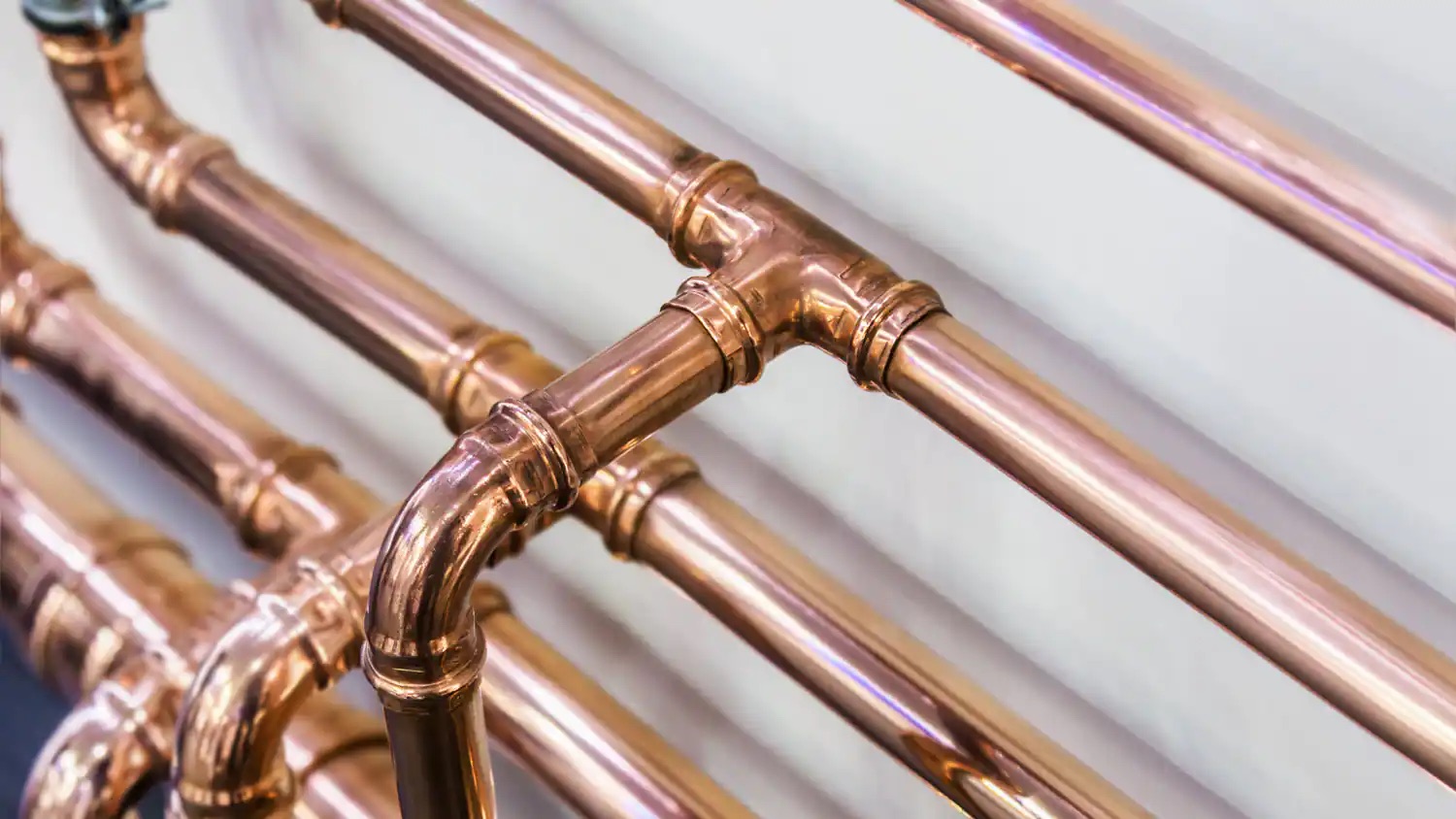
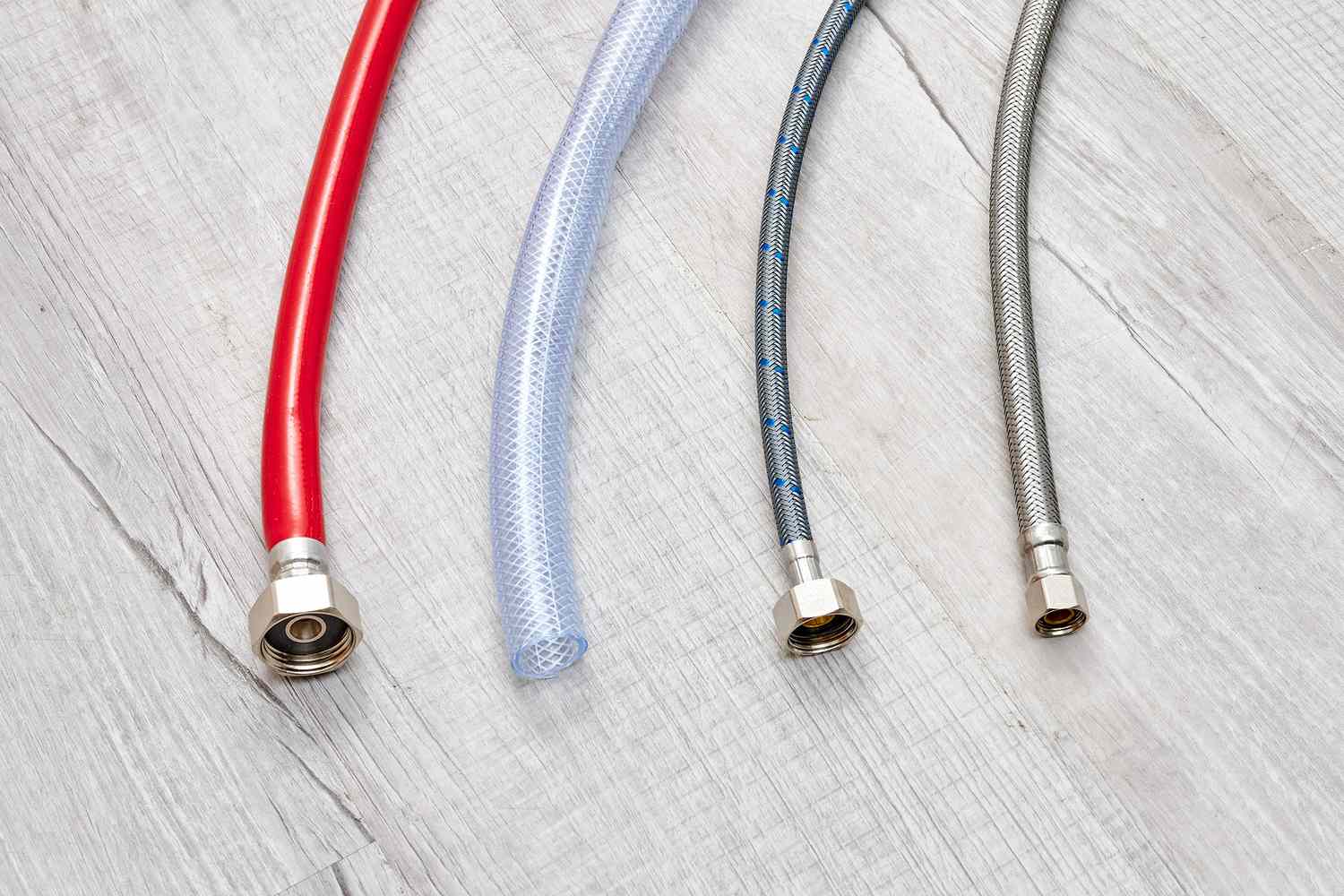
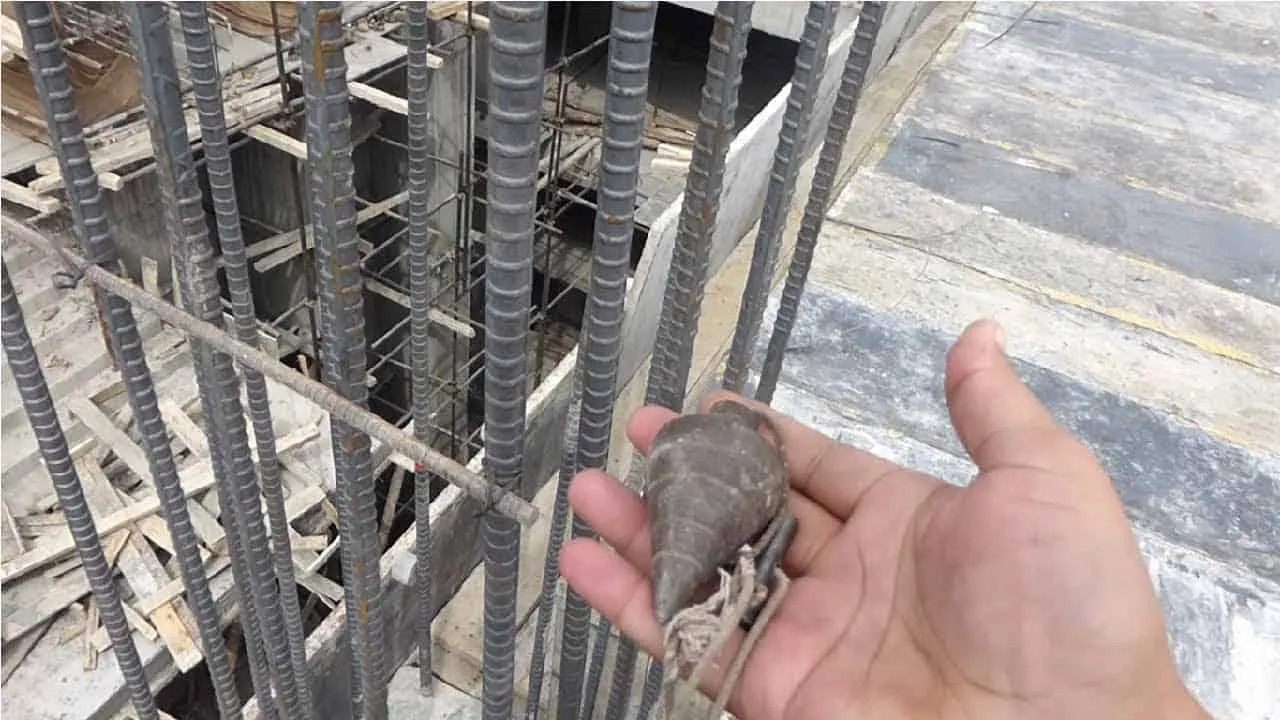
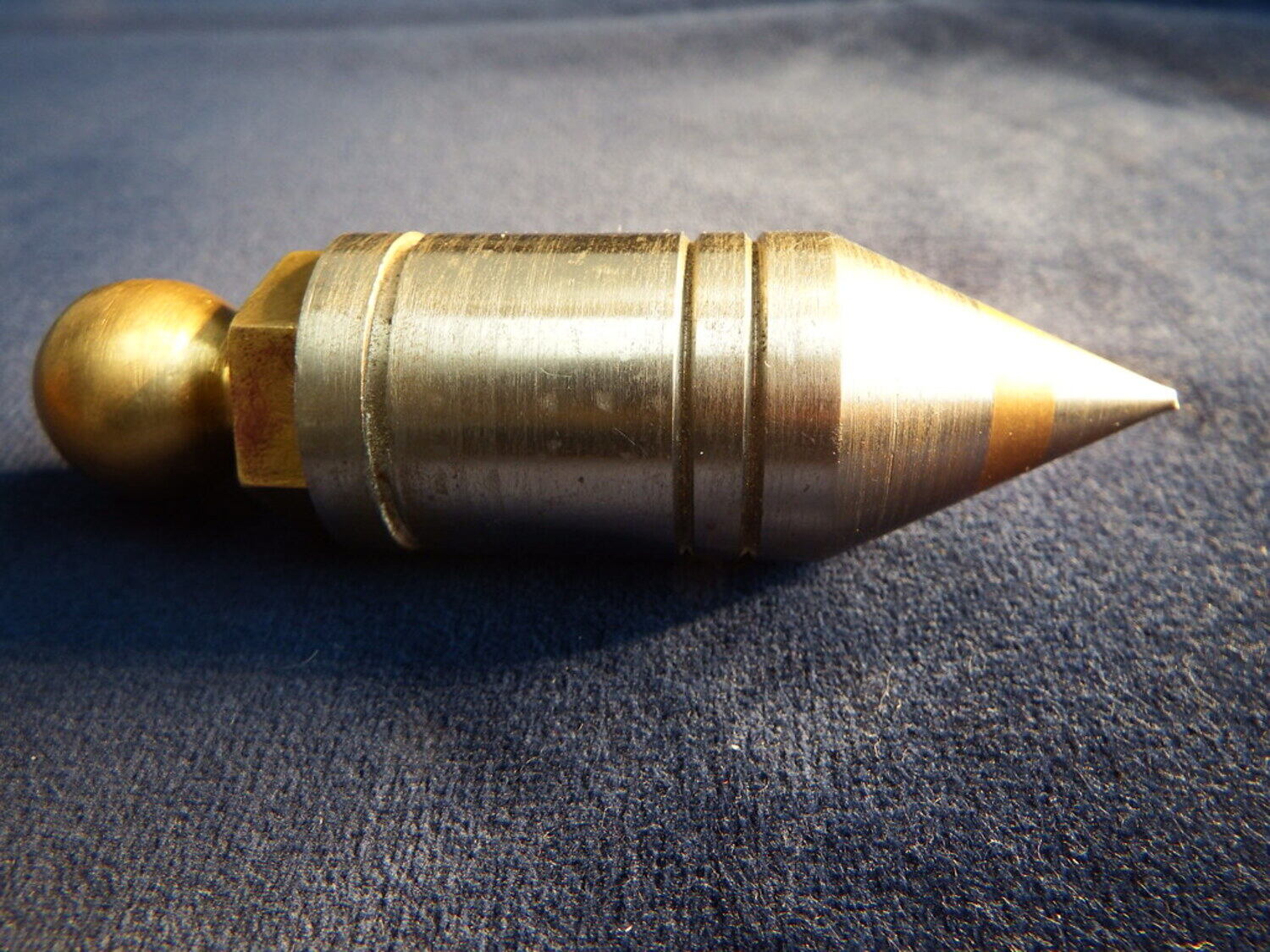
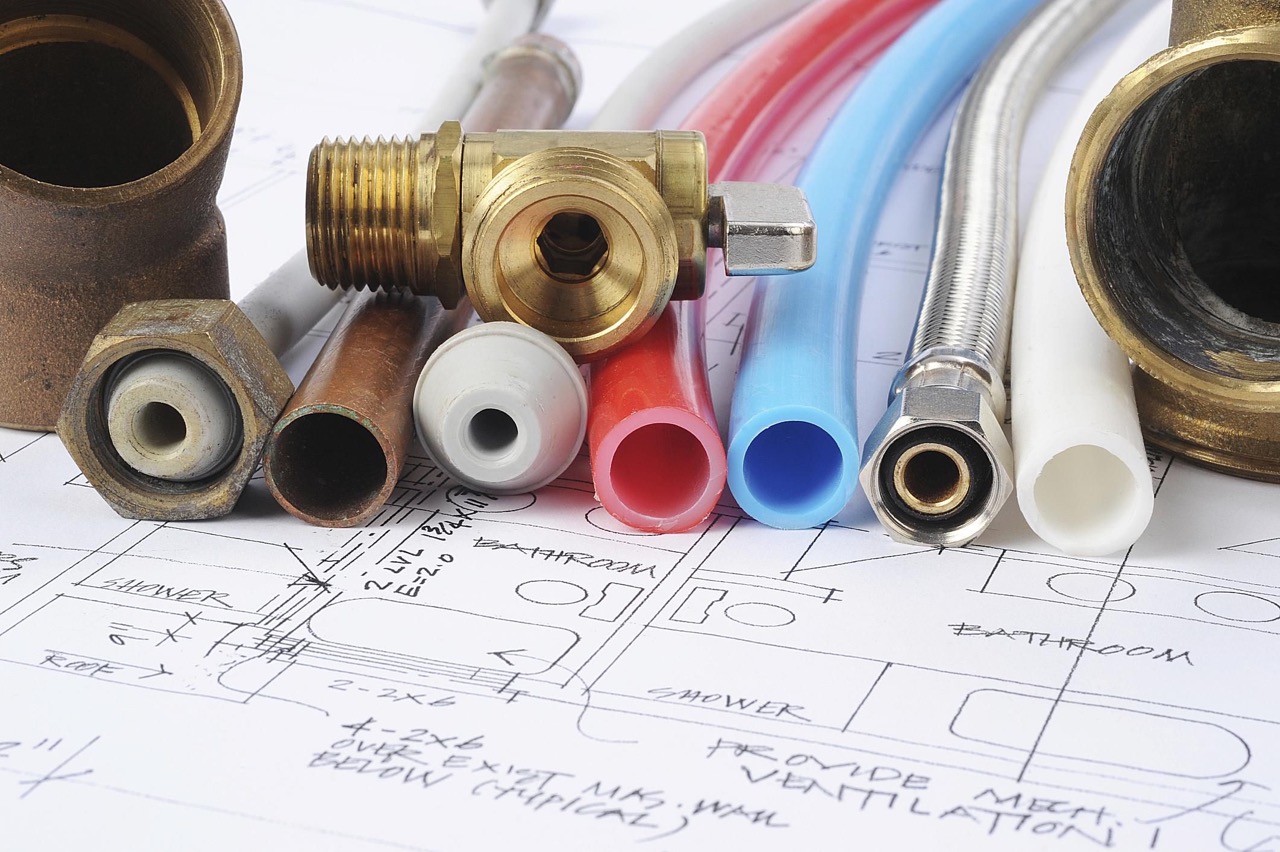
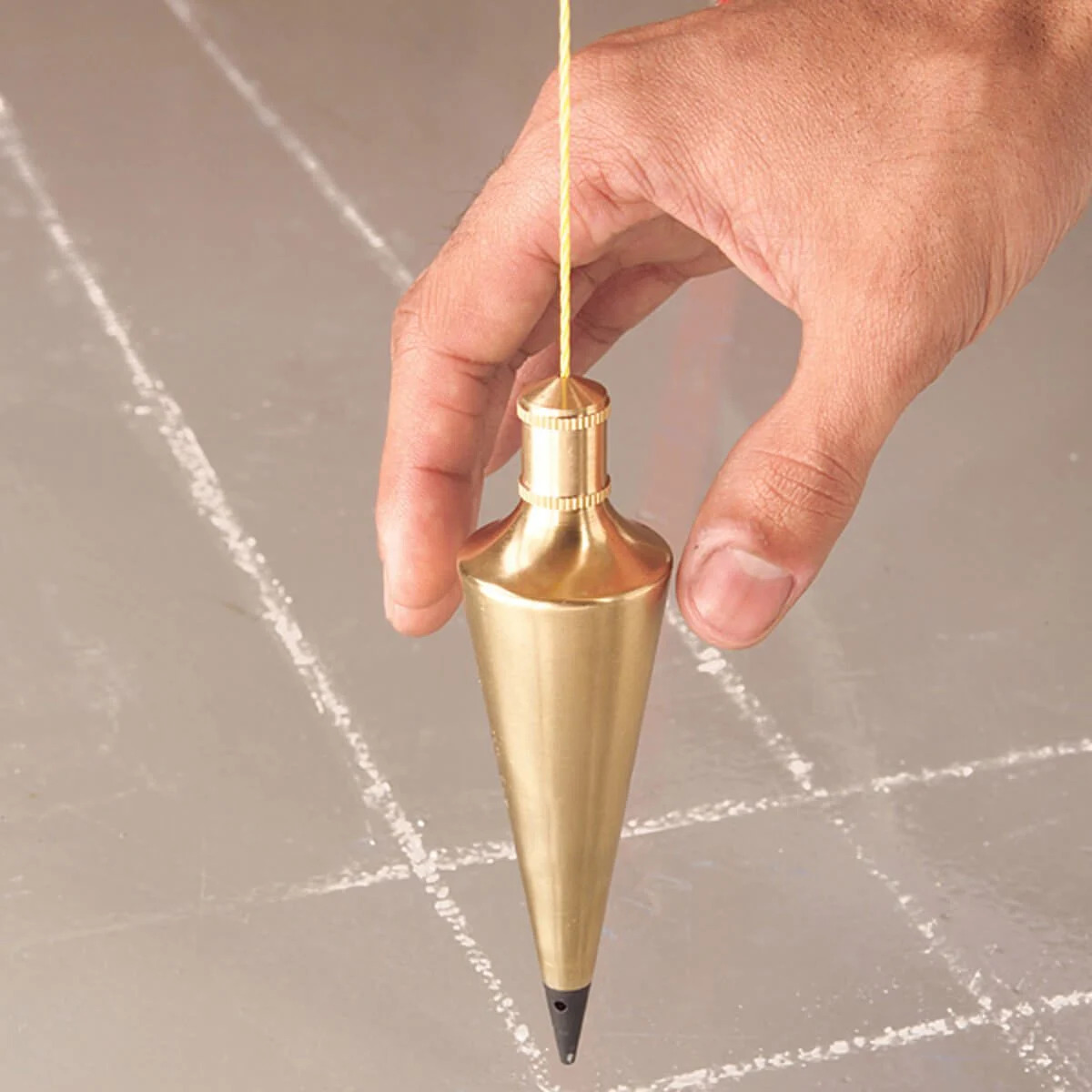
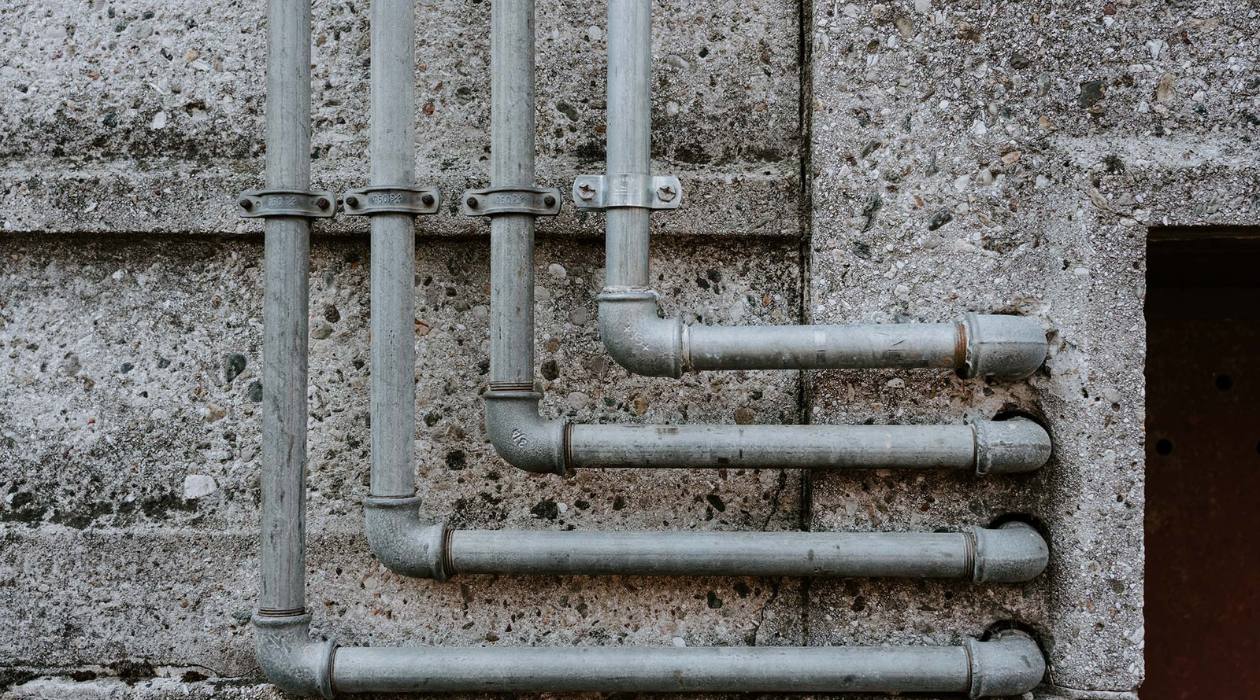
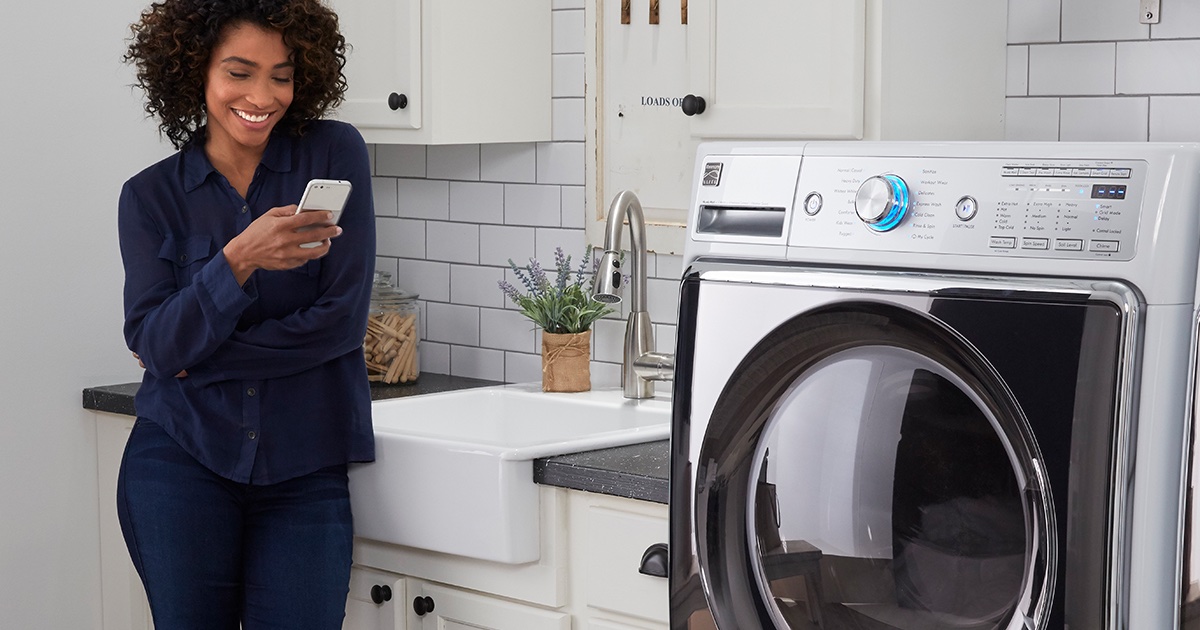
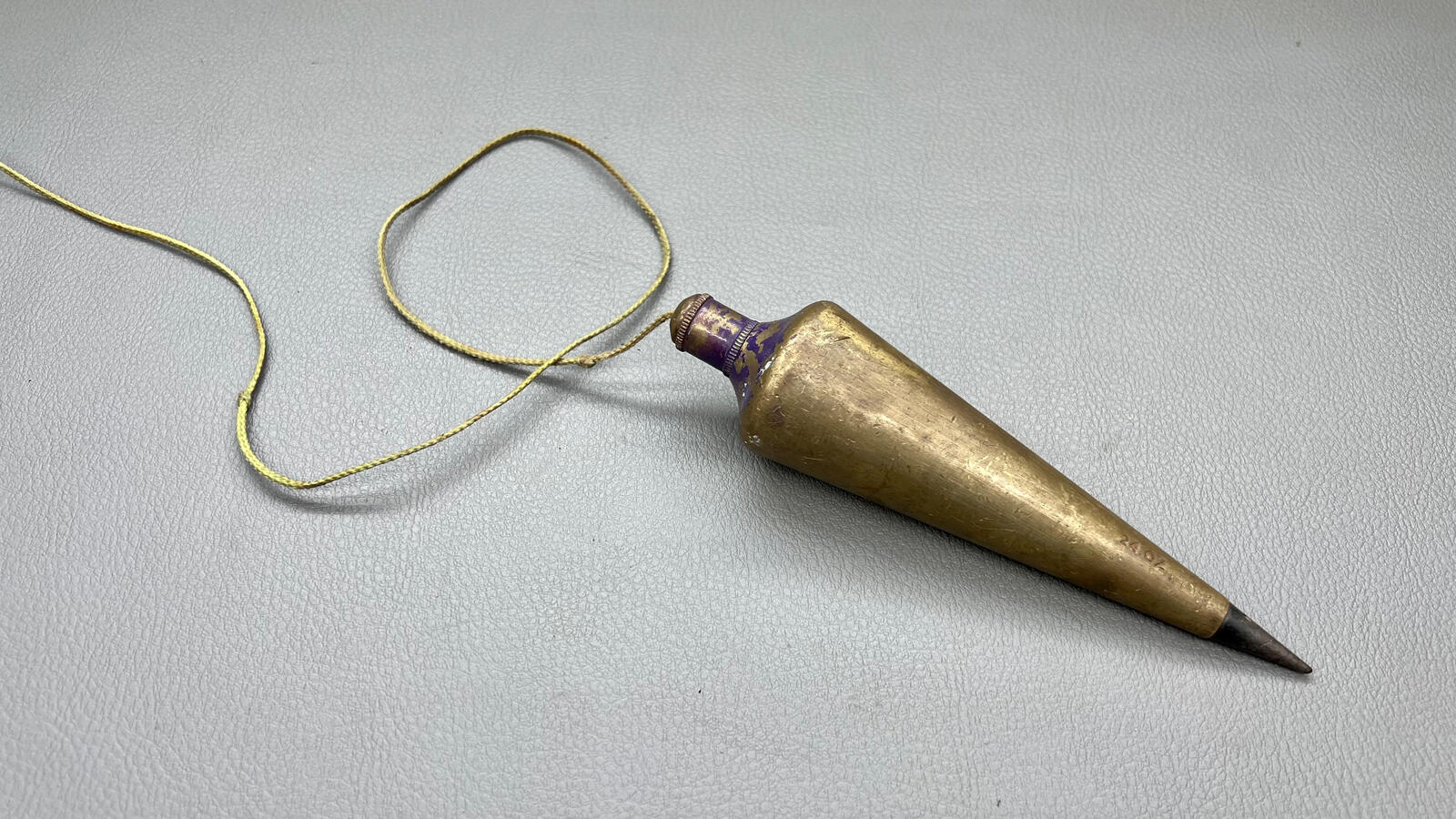

0 thoughts on “How To Use Plumbing Machine”